|
||||||||||||||||||||||
|
|
 |
Xsara Windows CE Xsara restyle |
|
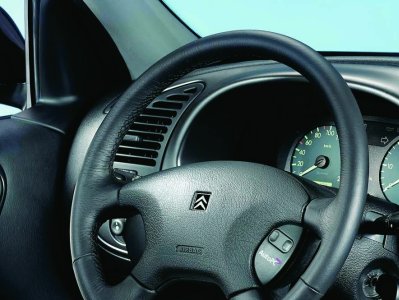 |
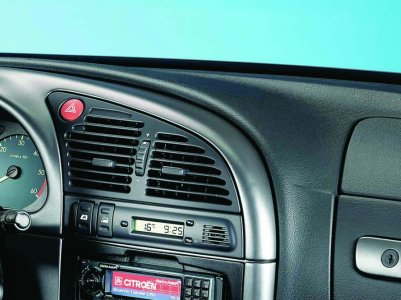 |
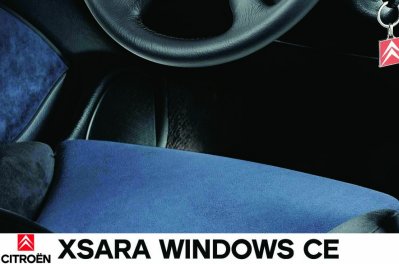 |
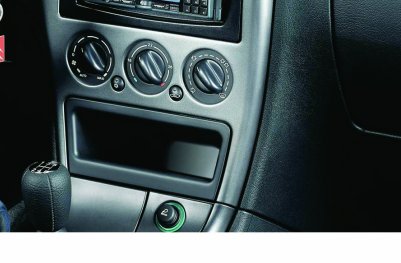 |
|
Citroën is opening a new avenue in automotive design at the Geneva 2000 Motor Show with the Xsara Windows CE, the first volume produced communicating car. A mid-range vehicle aimed at a broad public, the Xsara Windows CE is the result of a three-year partnership with Microsoft. It boasts an exceptional range of features and equipment, including several world firsts.
The Xsara Windows CE will be marketed in two successive series of 250 vehicles during the first half of 2000. A saloon model fitted with the 2.0 HDi engine, the Xsara Windows CE offers a generous range of equipment including four front and side airbags, ABS brakes, air conditioning with automatic temperature control, front and rear power windows, alloy wheels and alcantara upholstery. The Xsara Windows CE is available in metallic Mauritius Blue. The functions installed on the Xsara Windows CE include a radio, CD player, address book, hands-free telephone, navigation system, SMS, e-mail, data transfer to and from a portable peripheral. With the Xsara Windows CE, Citroën becomes the world's first carmaker to equip a mid-range vehicle with an array of features marking a fundamental revolution in the automotive world. This revolution is based on the development of NICTs (new information and communication technologies). The objective is to adapt the Microsoft concept to the car, so that everybody can have access to information, no matter where they are. A complete technological offering The Xsara
Windows CE is equipped with a PC designed to ISO standards and running
under the Windows CE operating system. An Ericsson T28s mobile
phone, fitted as standard, plugs into the computer. The PC is directly
linked to a GPS receiver and to a six-CD stacker. It is also equipped
with a CD player positioned behind the removable front panel, which is
used to read data on the navigation CD and to run other programmes. Equipment characteristics
With the Xsara
Windows CE, the driver will be able to build up remote support for his
own information system and to set up telematic communications with
other information systems (companies, partners, and so on). A realistic offering in terms of services and cost Progress in
miniaturisation and connector technology has made it possible to
produce compact computers able to flinction in the complex environment
of a car (with such constraints as temperature variations and vehicle
movement on uneven road surfaces). Users can
already hook up to the Internet with the Xsara Windows CE but only to
use the e-mail service. Over the next few years, the service offering
can be expected to expand considerably with the reformatting of Web
sites, new progress in voice interfaces and above all, the widening of
the passband. |
|
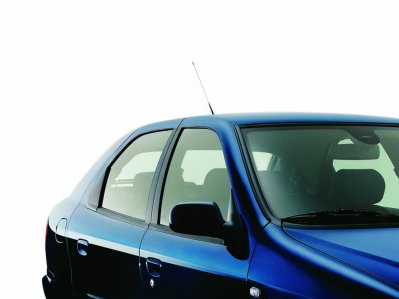 |
 |
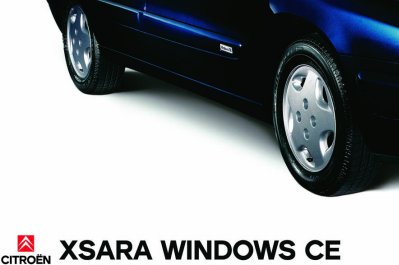 |
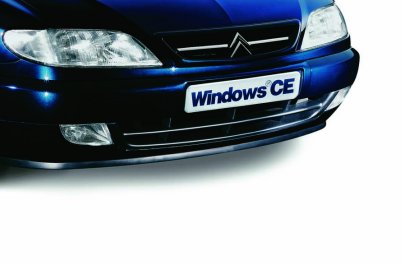 |
 |
|
 |
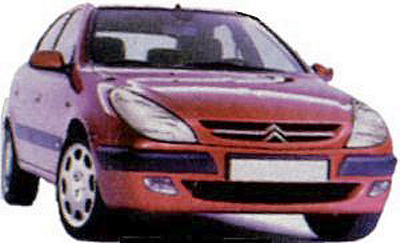 |
© 1999 + 2000 Julian Marsh